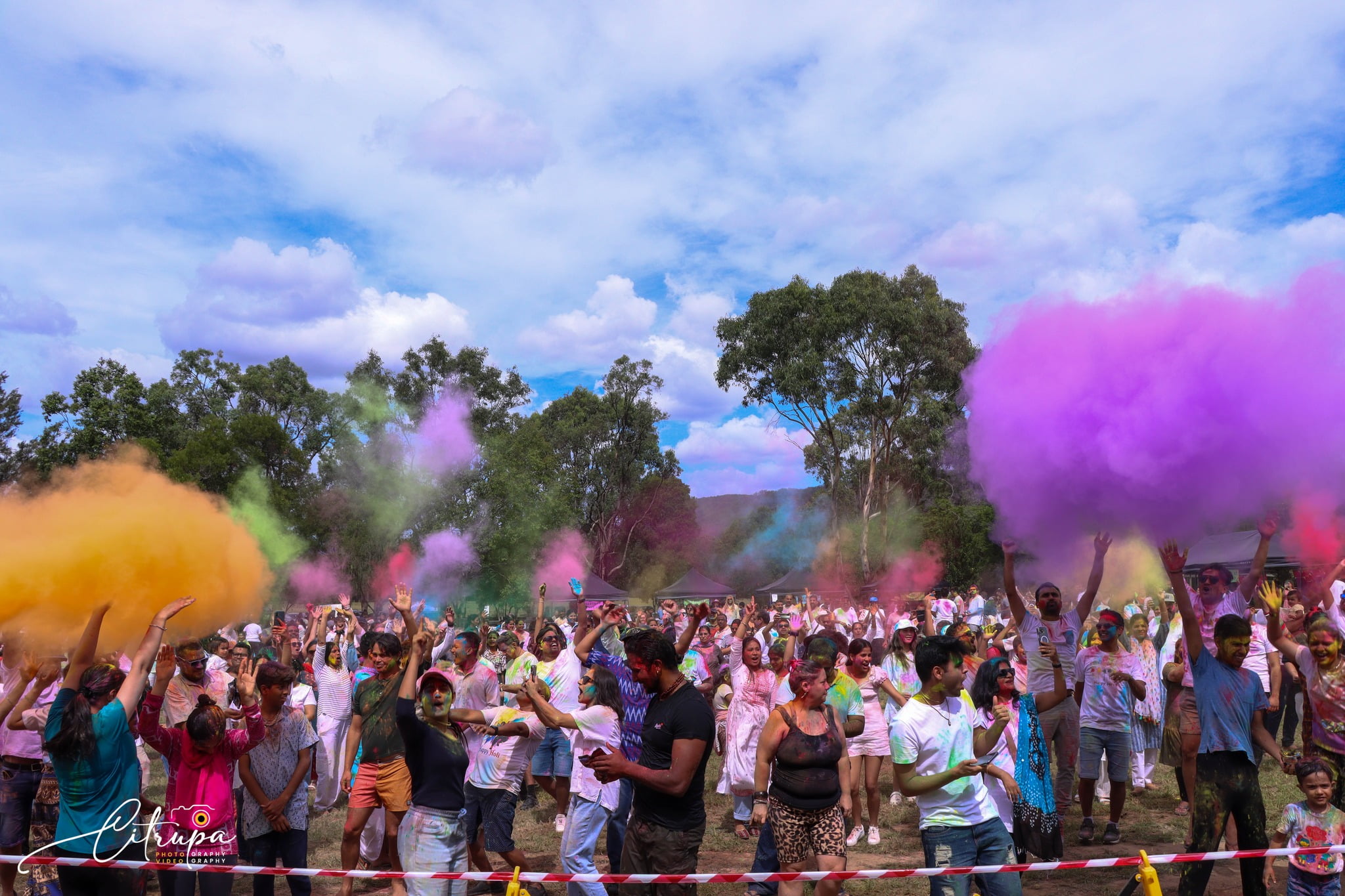Tulasi Devi Offered Beautiful New Greenhouse in New Vrindaban
By Madhava Smullen | Дек 11, 2020

After many years residing on the third floor of Sri Sri Radha Vrindaban Chandra’s temple, Tulasi Devi at the New Vrindaban farm community in West Virginia has been offered a beautiful new dedicated greenhouse to provide her with a high standard of care.
An intimate servant of Lord Krishna who appears in the form of a plant, Tulasi Devi is described in the Srimad-Bhagavatam as very dear to Lord Krishna. Her leaves are placed on the lotus feet of the Lord, and her Manjari flowers used in garlands to decorate the Deity of Krishna. Her wood is carved into the japa beads upon which devotees chant Krishna’s name, and the beads they wear around their necks.
At New Vrindaban, ISKCON’s first farm, her care has been overseen for about 25 years by Srila Prabhupada disciple Lokadristi Devi Dasi. Lokadristi, who joined ISKCON in 1973 in Toronto, began serving Tulasi Devi in 1974 and has had 46 years of experience in caring for her at temples all over the world.
“Tulasi Devi is very forgiving, merciful, and kind,” Lokadristi says. “She’s always kept me engaged, and kept me close to the temple and devotees.”
When Lokadristi moved to New Vrindaban in 1994, residents would regularly ask for her advice whenever they encountered problems with Tulasi Devi. As they did not have a greenhouse, they asked which room in the temple would be suitable for the many Tulasi Devi plants. Lokadristi recommended a third floor room with plenty of natural light, and funded its remodeling herself.

The 600-square-foot greenhouse has a bronze-finished aluminum frame and double-paned insulated glass
In more recent times, fundraising began about two years ago to construct a new dedicated greenhouse for Tulasi Devi, to improve her care further. Because the third floor room where Tulasi resided would get too hot in the summer, all thirty-five to forty-five plants had to be carried to an outdoor “screen house” in the summer and back in the winter, which was a challenge for the pujaris and unhealthy for Tulasi Devi, who had to reacclimatize each time. In addition, pujaris had to go up and down three flights of stairs every single day, to carry a new Tulasi Devi plant to the temple room and return the previous one.
The new Tulasi Devi Greenhouse, on which construction began in Spring 2019 – and which Tulasi Devi moved into in May of this year – remedies these problems, as it is a four-season heated greenhouse, and is connected to the temple via a corridor.
“I wanted a passageway to the temple, so you could just walk her from the greenhouse into the temple without having to go outside,” Lokadristi says. “On days like today, when we have four inches of snow here in New Vrindaban, I think the pujaris are really happy that they have that walkway!”

The ornate sign on the Tulasi Devi Greenhouse, designed by Nikunja Vilasini Devi Dasi
Lokadristi, along with ISKCON New Vrindaban temple president Jaya Krsna Das, offered input on the design of the new greenhouse to architect and construction manager Ishana Das.
About 600 square feet in size, the Tulasi Devi Greenhouse features double-paned insulated glass, and a bronze-finished aluminum frame with an ornamental crest along the roof ending in a motif based on ISKCON’s lotus logo. The greenhouse sits on a red sandstone base, elevating it several feet off the ground. Upon the sandstone is an ornate laser-cut bronze-finished sign reading “Tulasi Devi Greenhouse.” Meanwhile a plaque on the side facing the temple courtyard is dedicated to longtime New Vrindaban resident Varsana Swami, who inspired the main donor to the project and is known for his conservation work and efforts to reveal the glory and beauty of the Dhama.
Approaching from the temple corridor, the entrance door features an etched design on frosted glass of a Tulasi leaf inscribed with the letter “T,” flanked by medieval-style scrolls reading “Tulasi” and “Devi.”

The etched glass entry door from the temple
Inside, the stained concrete floor includes drains to facilitate washing it clean, and a radiant floor heating system that stays at 90 degrees, making it comfortable for pujaris’ feet in the winter. There is also additional heating in the wall, along with electrical outlets for backup heating.
“Tulasi Devi has nice LED grow lights, that can supplement her lighting needs during overcast winter days,” Ishana Das says. “There’s a hand wash sink for her paraphernalia and hose, a partition wall so that sick Tulasi plants can be quarantined, and windows for ventilation in the summer.”
New Vrindaban devotees contributed to much of the work, including Tejomaya Das with electrical and plumbing, Rukmavati Dasi with masonry, graphic designer Nikunja Vilasini Dasi with the ornate sign and etched door, and Giridhari Das, who runs a metal fabrication shop, with laser cutting the metalwork; along with Moses, Deva Kumar Das, and Gintrus.

Tulasi Devi in her new greenhouse at New Vrindaban
According to temple president Jaya Krsna Das, the project was a challenging one, and there are some features, such as automated systems, which devotees prefer not to use. “It was not an easy project, and some things did not develop the way we expected,” he says. “If we were to do it again, we would make some adjustments, for sure. But the end result is very nice.”
Among the benefits, the new greenhouse makes Tulasi Devi more visible to the community, is better for her health and more convenient for pujaris, and is an attractive addition to ISKCON New Vrindaban.
“Two days ago, we had three Tulasi Manjari garlands on the Lord, and at this time of year, that’s a great sign that Tulasi Devi is happy and everything is functioning nicely,” Jaya Krsna says.

Bhaktin Monique waters Tulasi Devi in the new greenhouse
Trying to please Tulasi Devi is, of course, ultimately pleasing to Lord Krishna, as she is so dear to the Lord, and thus is an important endeavor for the residents of New Vrindaban.
As Srila Prabhupada quotes from the Skanda Purana in the Nectar of Devotion: “Tulasi is auspicious in all respects. Simply by seeing, simply by touching, simply by remembering, simply by praying to, simply by bowing before, simply by hearing about, or simply by sowing this tree, there is always auspiciousness. Anyone who comes in touch with the tulasi tree in the abovementioned ways lives eternally in the Vaikuntha world.”














